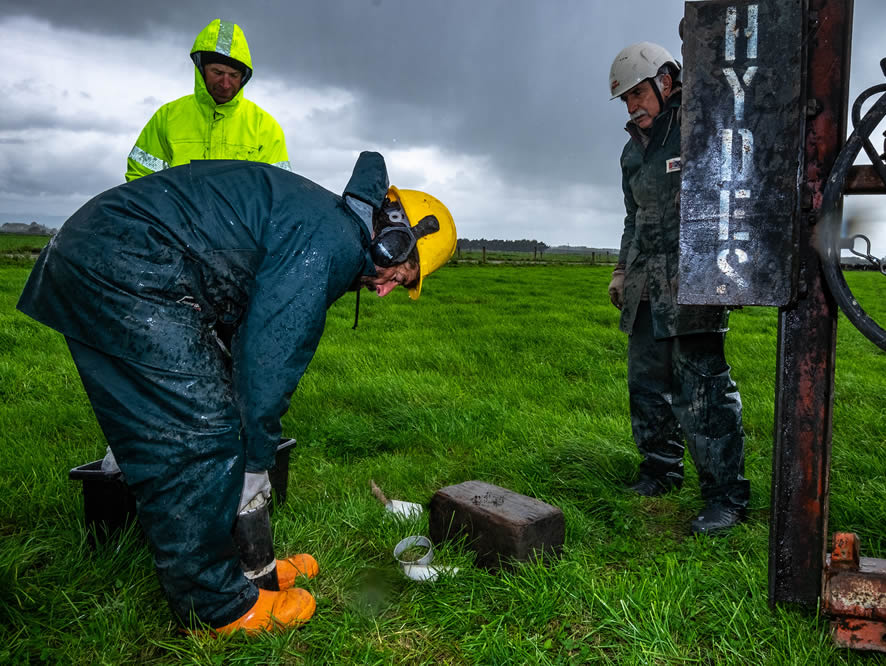Soil carbon – opportunity or ticking time bomb?
New Zealand soils typically have high carbon content due to natural factors such as soil types and climate combined with the perennial pasture farm systems that dominate our landscape. Understanding the stocks and flows of carbon in our soils is complex, but critical to understanding our potential greenhouse gas emissions; and taking the right mitigation and adaptation actions. It is imperative that we maintain, or better still increase, carbon locked up in our soils. Research has shown that there is, theoretically, the capacity to store considerably more carbon in New Zealand’s soils.

The importance of soil carbon
The carbon contained within soils is critical for soil health and ecosystem function at scales from paddock to global.
At the paddock scale, soil carbon plays a key part in:
- maintenance of soil structural stability, which affects root growth, total water holding capacity, air/water movement and runoff/erosion
- providing a reservoir of nutrients
- providing a key food source for soil biota which are essential for nutrient cycling
- maintaining overall agroecosystem resilience and food security. Soils with higher carbon are generally more resilient to climatic extremes; intense rainfall and drought.
At the global scale, soil carbon is important because:
- soils contain about twice as much carbon as the atmosphere and therefore relatively small changes will affect atmospheric CO2 concentrations and thus climate change.
- scientists have calculated that if the amount of carbon stored in global soils is increased by just 0.4% annually, it would halt the increase in the CO2 concentration in the atmosphere related to human activities. Conversely, a decrease in soil carbon would increase CO2 concentrations and exacerbate climate change.
Manaaki Whenua, working with MPI and other collaborators, is currently working on designing and documenting systems to efficiently monitor soil carbon stocks at farm and national scales. This work will help identify land uses and management patterns that increase soil carbon.
Our scientists are also working with the University of Waikato, Plant & Food Research and others to look at possible ways to maintain or increase soil carbon. Areas of interest include:
- Deeper rooting plants.
- Increased carbon input lower in the profile where it is more likely to be stabilised.
- More diverse pastures.
- Greater total root biomass and deeper roots, plus better growth during dry periods when soils are typically net sources of CO2.
- Full inversion tillage.
- Buries topsoils high in carbon at depth (where decomposition may be slowed) and brings soil lower in carbon to the surface where there are higher carbon inputs.
- Impact of irrigation
- Irrigation increases pasture production, but evidence suggests it actually reduces soil carbon. Can we optimise use of irrigation to maintain or increase soil carbon?
- Regenerative agriculture (low input systems with high intensity short duration grazing).
- Promotes deeper rooting and less of the above ground biomass is consumed (and thus respired) and is therefore available for input into the soil.
- Optimising pasture renewal and pasture-crop sequences
- Minimising the time soils are left without growing plants.
- Investigating the specific mechanisms by which carbon is stabilised in soils
- Modelling to test alternative land management scenarios.
This research will complement well-known ways to maintain or increase soil carbon via good farm management practices, such as:
- Keeping soils vegetated (e.g. having perennial vegetation as much as possible, minimising fallow time between crops, using cover crops).
- Minimising frequent soil disturbance, particularly via cultivation.
- Retaining crop residues and adding organic amendments (e.g. compost, effluent).
- Fencing and restoring wetland areas.
